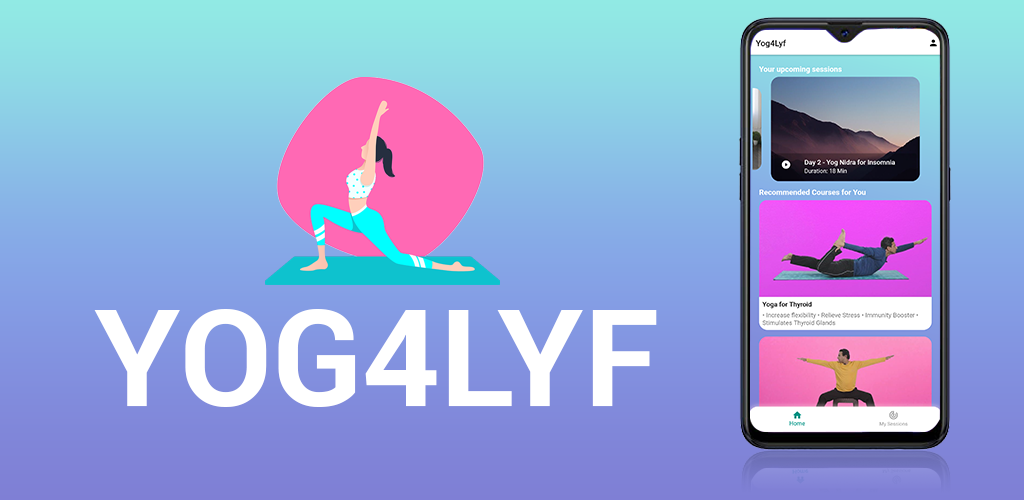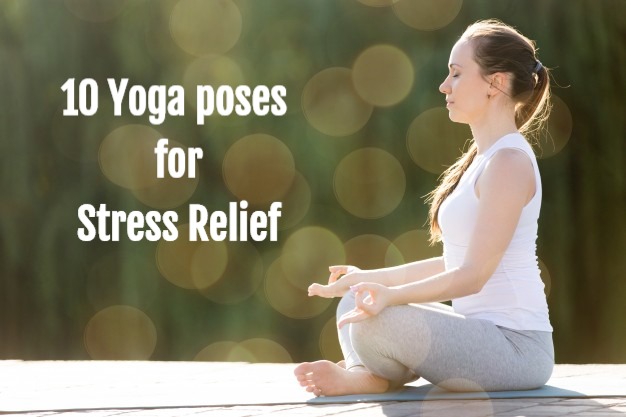Everyone is busy with barely enough time for a workout or a jog in the park to maintain physical fitness. To say that today’s human being exists on a material plane and that too a chaotic one is an understatement. Lack of physical fitness and lack of internal mental harmony leads to many lifestyle-related diseases and skewed social relationships. And this why we have brought this post on how yoga helps in physical and mental well being.

Yoga Travels to the West
Swami Vivekananda can be said to have introduced yoga to the west. Others followed in his footsteps, such as Tirumalai Krishnamacharya and Swami Yogananda. That the Beatles and other pop stars of the 60’s took to yoga may have played a role in its rising popularity. Today, 21st June is the designated international Yoga Day. The UN first adopted it in 2015, declaring 21st June 2015 as the first International Day of Yoga and yoga has not looked back
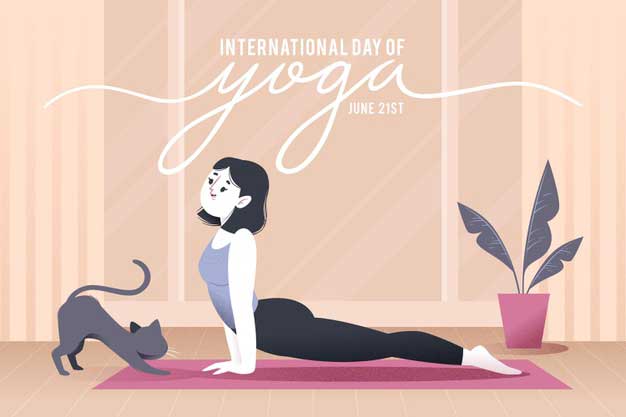
Yoga wraps the World
Yoga is one of the top fitness trends, putting aside aerobics and similar physical fitness tech. Over 175 countries across the world adopted Yoga as a pathway to holistic health. A fitter population is more productive, healthier, happier and reduces the burden on the public healthcare system. Unfortunately, or fortunately, depending on how you look at it, these days yoga is considered a comprehensive exercise for physical and mental well-being. That is sad because yoga is much more than just exercises for physical and mental well-being.
What Yoga is and What it has Become.
The legends say that Lord Shiva imparted secrets of yoga to seven disciples later known as the Sapt Rishis or seven sages who then spread it through the land. Over the centuries yoga evolved into various disciplines.
Broadly speaking one can classify yoga into various channels such as Bhakti yoga or devotional, Gyan yoga or yoga focused on knowledge, dhyana yoga in which one simply meditates, kundalini yoga, or arousal of kundalini, primordial, primal energy coiled within us, raja yoga and then hatha yoga. Hatha yoga focuses more on various asanas (based on poses adopted by animals) as a form of exercise and as a way to free energy channels and bring about internal harmony.
Swami Sivananda states that for a practitioner to practice yoga he must be able to sit immobile for 3 hours, something that is not practical for everyone. In this world of fast food and fast everything else, it is not surprising that breaking down yoga into a set of routines is more convenient. Yoga classes flourish and 54% of US yogis according to FT News, practice it to get relief from stress and anxiety and each one spends about $ 90 on it. 2 billion people across the world practice yoga but it is mostly yoga routines, not the path of self-realization yoga that the ancients designed it for.
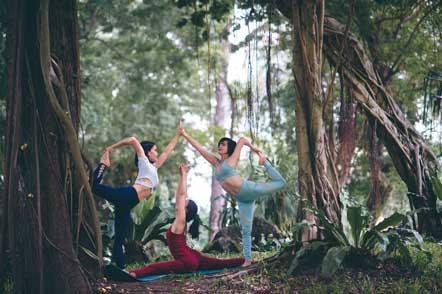
More than convenient
Heart patients, those with blood pressure problems or other health issues or age-related issues like arthritis cannot engage in physical exercises like jogging but yoga has an asana for everyone. Anyone of any age and in any physical condition can engage in yogic asanas suited to their state and gain benefits. The same cannot be said of Pilates or aerobics. Possibly tai-chi is a strong competitor but, for some reason, it has selected adherents within China and outside. Like Yoga, Tai-chi can be a way of life. Anyway, yoga does achieve what other workouts simply cannot: it relieves stress and brings about body-mind harmony besides improvement in health.
Yoga improves body balance and flexibility. Whether it is a child or an individual aged 70, yoga keeps the spine supple, muscles toned and ligaments strong. It helps improve resistance against injuries such as muscle tears or hamstring pulls. There are other benefits of yoga too.
Benefits of Yoga:
Today’s lifestyle is one in which people spend most of their time sitting. Food and other factors contribute to weakened bones and cartilage. Yoga, it has been found, delivers osteopathic benefits. With regular practice, you stand less chance of developing cervical spondylosis, back pain, pain in the knees and chances of fracture of bones due to an accident. Yoga improves balance, especially in older people and makes their bones stronger.
- Yoga reduces inflammation in the body, maintains blood pressure and reduces chances of headaches and migraines.
- The capacity of your lung improves.
- Toxins are flushed out leading to improved immunity.
- The health of your heart improves.
- Yoga affects your body weight, making you more fit and toned.
- Yoga Reduces stress, anxiety, and depression a person goes through.
True yogis develop great mental power and rock-like stability of the mind but that takes hours of yogic meditation per day for years before that state can be achieved. For most people, the current favorite way of viewing yoga as exercises to keep body and mind fit will suffice. Here are a few yoga asanas you can try.
Yogasana to improve flexibility:
There are quite a few yoga asanas to help you improve the flexibility of your body and limbs. However, you should try these two.
1. Sarvangasana:
- Lie down flat on the floor.
- Arms by your side, feet together.
- Raise legs and try to bring them over your head as far as you can go.
- Then raise legs straight up, supporting your hips with your hands.
2. Dhanurasana:
- Lie stomach-down on the floor.
- Raise front torso, supporting weight on the stomach.
- Raise legs off the floor, fold at knees.
- Take hands back and take hold of your ankles, arching up and back as much as you can.
Yogasana to improve Immunity:
With Corona in the air, it is imperative to boost immunity against this pernicious virus. Try these yoga asanas to improve immunity:
1. Sukhasana and Pranayama:
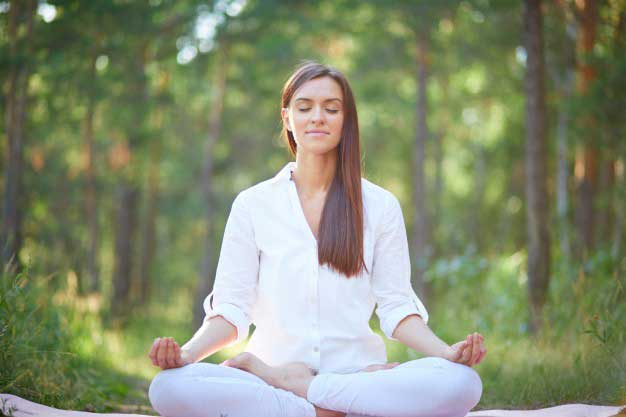
- Sit cross-legged and palms on your knees.
- Your palm should be upward facing, thumb and forefinger tips touching each other and other fingers stretched straight out.
- Keep eyes closed. Breathe in slowly. When you exhale, take twice the amount of time to exhale.
- Then you can try kapalbhati and anuloma-viloma as well as jalandhar bandha.
2. Uttanasans:
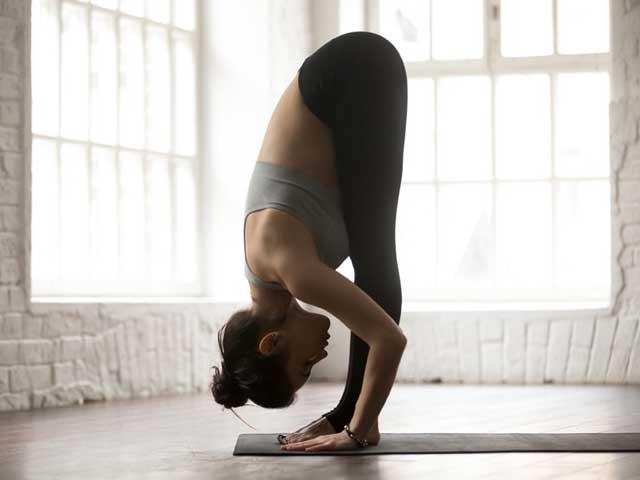
- Stand straight, bend down without folding knees.
- Wrap your hands around your ankles and maintain pose while breathing easy.
- Blood travels to the brain and sinuses, decongesting the sinus.
Get started with yoga. Just make sure to practice yoga before dawn to get its best benefits. A half-hour is sufficient to start with.
